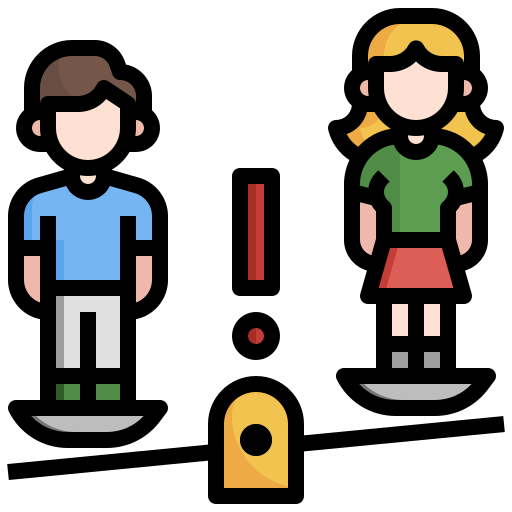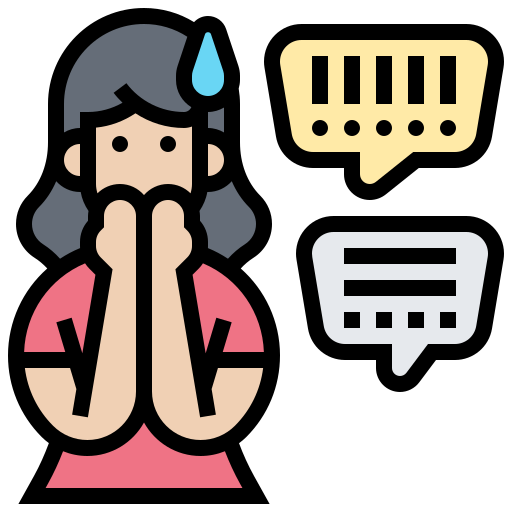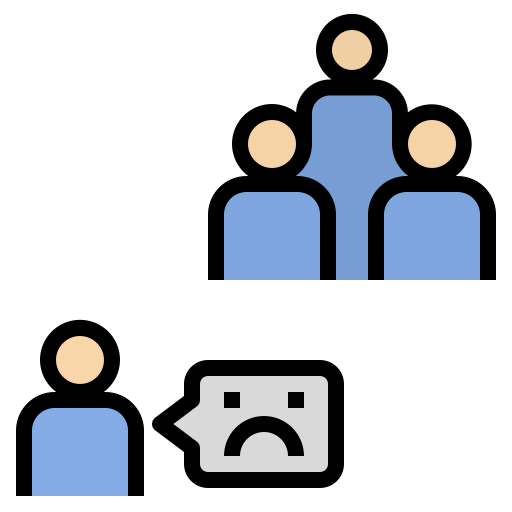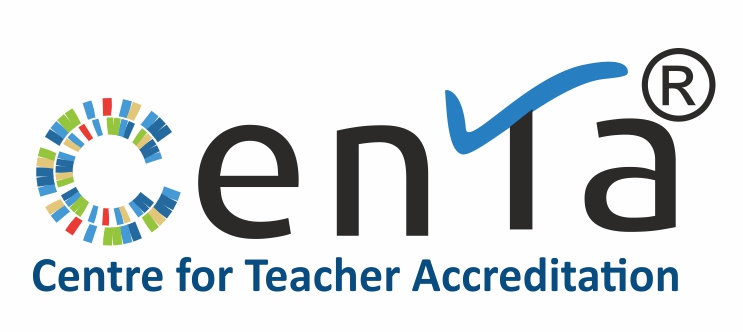NOTE: “Inclusive classrooms” has a specific meaning in some countries. In those countries, it refers to classrooms where children with and without Special Education Needs study together.
For this course, the term inclusive classrooms is used in a more general sense. It does not explicitly mean a classroom that includes students with special needs. Here, we do not delve in specialized strategies to teach SEN students. Rather, we will learn how to make your regular classrooms more inclusive by using some simple techniques!
You must wonder, who is most likely to get excluded in regular classrooms! Given below are different ways in which regular classrooms can be exclusionary:

It is possible that teachers carry a gender bias, even unconsciously. For example, it is commonly considered that girls may not participate in science or mathematics, while boys wouldn’t want to take art or dance classes in the school.
Students who are inherently introvert or shy in participating in the class may be left out of the teacher’s attention


While most students may understand well through the reading and lecturing mode, some of them may have different learning styles. They may need to touch, create, or visualize models to fully grasp certain concepts. It is possible that students with uncommon learning styles will be written off as low-rigour students.
Again, most students may present their learnings well through the written or oral examination. But, some students may demonstrate their understanding best in different ways like making a film, roleplaying, or through craft. They may frequently score low on standardized assessments, excluded from many opportunities ahead.


Teachers may also find it difficult to contextualize lessons for students who do not belong to the majority socio-economic segment in the classroom.
Look at the image below. It shows some important features of inclusive classrooms:

